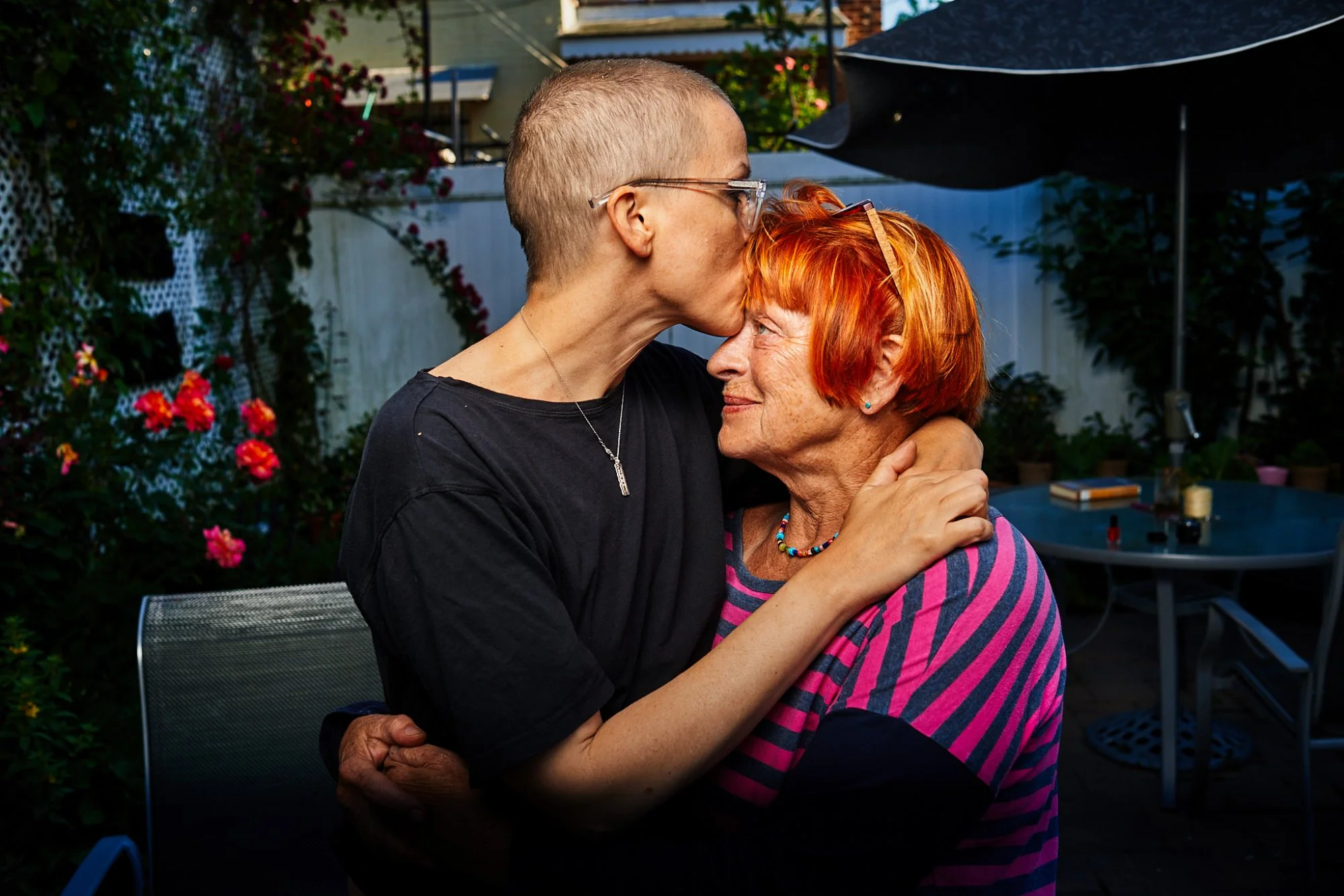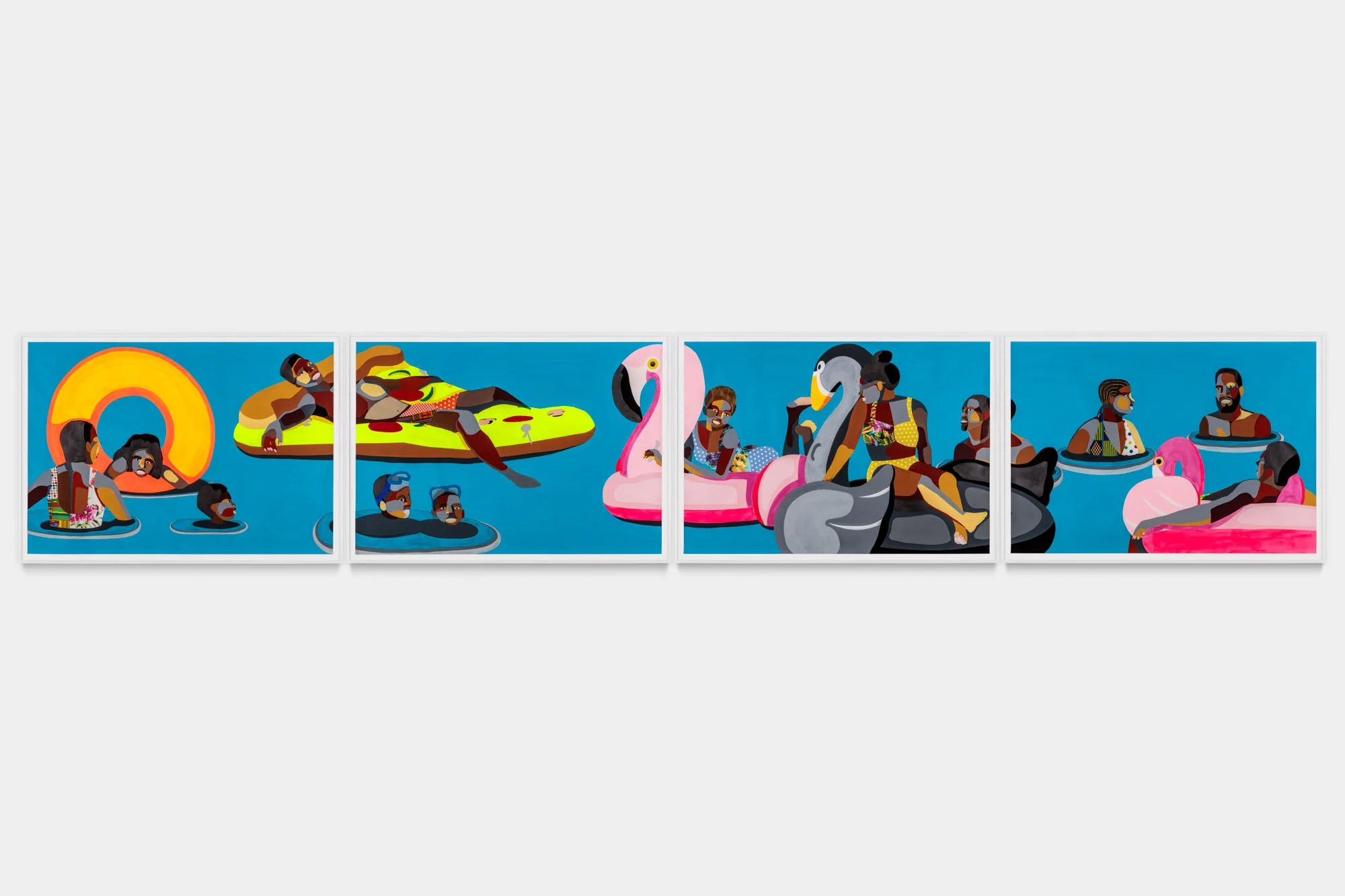Etched by Light: Photogravures from the Collection 1840-1940 | National Gallery of Art
Mathilde Weil. Beatrice, 1899, photogravure. image: 16.7 x 9 cm (6 9/16 x 3 9/16 in.) sheet: 18.8 x 10.4 cm (7 3/8 x 4 1/8 in.) mount: 37.8 x 27.8 cm (14 7/8 x 10 15/16 in.) National Gallery of Art, Washington, Anonymous Gift
Written by Grecia Espinoza
Copy Edited by Julian Tsai
In a world plagued by pixels and the relentless quest for efficiency and digital precision, there is a collective yearning for the patient craftsmanship that was once at the core of all artistic expression. The National Gallery of Art provides an aesthetic sanctuary for viewers in their latest exhibition, Etched by Light: Photogravures from the Collection, 1840–1940. This showcase is a journey through the epoch of photogravures, an era of photography characterized by the personal touch of the human hand.
Alvin Langdon Coburn Tunnel Builders, 1910 photogravure. image: 21 x 17 cm (8 1/4 x 6 11/16 in.) National Gallery of Art, Washington, Gift of Funds from John S. Parsley and Nancy Nolan Parsley
Emerging amidst the demands and technological leaps of the Industrial Revolution in the mid-19th century, photogravures allowed for the exact replication of photographic images through ink. Pioneered by visionaries like William Henry Fox Talbot and later refined by Karl V. Klíč, this technique involves etching a film positive onto a copper plate through a complex process that involves hardening carbon tissue with ultraviolet light. Once the photograph is recreated on the copper plate- by creating a mold of the desired photo- ink is deposited in the etches before it is hard pressed onto damp paper to create the final product. The process produces prints with a smooth tonal range and fine detail. This meticulous process thrived through the 1910s and played a pivotal role in bridging the gap between art and science that would later lead to a digital printing world.
Clarence H. White, Edge of the Woods, Evening, 1900, photogravure.image: 14.5 x 10.1 cm (5 11/16 x 4 in.) sheet: 28.5 x 19.8 cm (11 1/4 x 7 13/16 in.) National Gallery of Art Washington, Robert B. Menschel and the Vital Projects Fund
In Etched by Light, the displayed images lend themselves exceptionally well to the photogravure process. Among them, Peter Henry Emerson's "Winter’s Morning" is particularly captivating. Emerson skillfully captured the tranquil beauty of a countryside landscape blanketed in soft snow. The photogravure reproduction beautifully encapsulates the original scene’s depth, atmosphere, and intricate nuances. Every subtle gradation in tone, from the deepest blacks to the softest grays, is faithfully rendered, imbuing the image with a calm melancholy. This tonal opulence, intricate detail, and velvety surface texture bestows an air of sophistication and depth to photogravures that would not be possible through any other printing process. Upon close inspection, the photogravure reveals a refined grain structure, a testament to the meticulous craftsmanship behind its creation.
Peter Henry Emerson, A Winter's Morning, 1887, photogravure. image: 17.7 x 28.7 cm (6 15/16 x 11 5/16 in.) sheet: 21.5 x 32.4 cm (8 7/16 x 12 3/4 in.) mount: 40 x 50.8 cm (15 3/4 x 20 in.) National Gallery of Art, Washington, Carolyn Brody Fund and Robert B. Menschel and the Vital Projects Fund
Etched by Light: Photogravures from the Collection, 1840–1940 seamlessly intertwines the threads of patient craftsmanship and pioneering innovation. This remarkable showcase is a window into a pivotal era of photography where every stroke and every etch was a labor of love and devotion. In the delicate lines and rich textures of these photogravures, one can almost hear the artist patiently breathing life into their creation.











